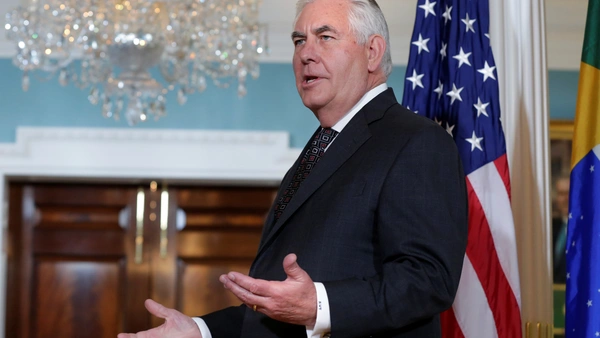By Michael Auslin
In recent years, U.S. and East Asian policymakers have been deeply concerned over whether territorial disputes in Asian waters might turn into full-blown conflicts. Fear of China’s advance in the East and South China Seas was the prime catalyst for former U.S. President Barack Obama’s so-called pivot to Asia. The same worry has motivated President Donald Trump to restart freedom of navigation operations near contested islands off the Philippines and Vietnam militarized by China. As a result, policymakers have overlooked equally dangerous clashes happening on land. War in Asia could well break out thousands of miles from those contested waters. Most worrying, today, Chinese and Indian troops are facing off just yards away from each other, high in the remote Himalayas, at a spot called Doklam—a reminder that great power conflict in Asia on land, too, could potentially throw the region into chaos.
A HISTORY OF LAND DISPUTES
Current territorial disputes in Asia resemble nineteenth-century European conflicts. These include not only those concerning well-known crisis spots such as the Korean Peninsula’s 38th parallel but obscure disagreements such as the 2008–11 clash between Cambodian and Thai armed forces over ancient Buddhist temple enclaves along the border running between northern Cambodia and northeastern Thailand.
The Sino-Indian flashpoint is in territory claimed by both China and tiny Bhutan, with the latter’s claim long supported by India. The ambiguity of a nineteenth-century treaty has put Beijing and New Delhi at odds over whether China can extend a road through this forbidding territory right up to the border with India. Indian troops have blocked the Chinese from continuing construction, which has led to a military standoff.




















